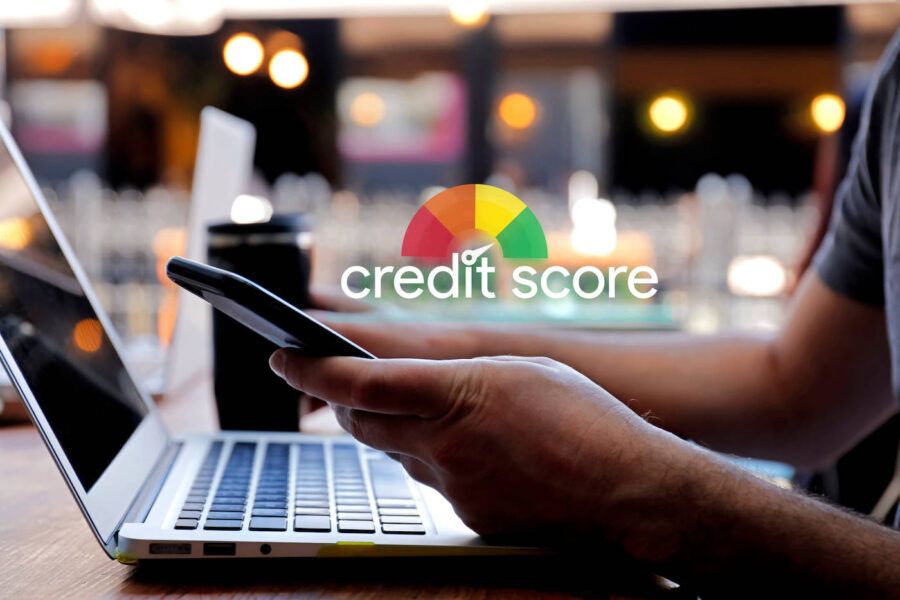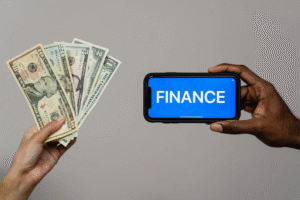From bad credit to a fresh start: How to get a credit card and rebuild your score in the US
Having bad credit can feel like a financial dead end, but it doesn’t have to be. Whether past mistakes, missed payments, or financial hardships hurt your score, there’s a way forward.
Getting a credit card—even with a low score—is possible. More importantly, you can use it as a tool to rebuild your credit and open doors to better financial opportunities.
A poor credit score can make everyday financial tasks more difficult. You might struggle to get approved for an apartment lease, a car loan, or even a cellphone plan.
Some employers even check credit scores when hiring! While it may feel unfair, your credit score is a crucial part of your financial identity in the US. The good news? Your credit score isn’t permanent. It’s a reflection of your past, but it doesn’t have to define your future.
By making smart financial moves—like using a credit card responsibly—you can turn things around. In this guide, we’ll walk you through the steps to get a credit card in the US with bad credit and how to use it wisely to improve your score.
Understanding your credit situation

Before applying for a credit card, you need to know where you stand. Your credit score is determined by factors like payment history, credit utilization, and account age. In the US, scores are classified as:
- 300-579: Poor credit
- 580-669: Fair credit
- 670-739: Good credit
- 740-799: Very good credit
- 800+: Excellent credit
If your score is under 600, you’ll likely struggle to get approved for a traditional credit card. But don’t worry—there are solutions designed specifically for people in your situation.
What type of credit card can you get with bad credit?
If your credit score is less than ideal, your best chances of approval come from secured credit cards and credit-builder cards.
1. Secured credit cards: your stepping stone
A secured credit card requires a refundable security deposit, which typically becomes your credit limit. If you deposit $200, that’s your available credit. These cards work like traditional credit cards, reporting your activity to credit bureaus—helping you rebuild your score over time.
Why choose a secured card?
- Higher approval chances, even with bad credit
- Helps establish a positive payment history
- Some issuers upgrade to unsecured cards after responsible use
2. Credit-builder credit cards: designed for low scores
Credit-builder cards are unsecured but designed for those with low or no credit. They have low limits and high interest rates, but responsible use can improve your score.
What to watch out for:
- Higher annual fees and interest rates
- Some require proof of income or an existing bank account
3. Store credit cards: easy to get, but risky
Retailers often offer store credit cards with lenient approval requirements. While they can help build credit, they typically have high interest rates and limited usability (only at that store).
How to apply for a credit card with bad credit
Once you know which type of card suits your situation, follow these steps to apply:
Step 1: Check your credit report
Get a free copy of your credit report from sites like AnnualCreditReport.com. Look for errors—incorrect late payments or accounts that aren’t yours—and dispute them.
Step 2: Compare credit card options
Not all credit cards for bad credit are equal. Look for:
- Low or no annual fees
- Reports to all three major credit bureaus (Experian, Equifax, TransUnion)
- Possibility of upgrading to an unsecured card later
Step 3: Apply strategically
Avoid multiple applications at once—each hard inquiry can lower your score. Instead, choose one card with the highest approval odds.
Step 4: Make the security deposit (if required)
If applying for a secured credit card, be ready to pay a security deposit upfront. Some issuers allow you to increase your limit over time by adding to your deposit.
Rebuilding your credit: smart strategies
Getting a credit card is just the first step. To increase your credit score, you need to use it wisely.
1. Pay on time—always
Your payment history makes up 35% of your score. Set up automatic payments to avoid missing due dates. Even one late payment can hurt your progress.
2. Keep your credit utilization low
Credit utilization—the percentage of available credit you’re using—affects 30% of your score. Keep it under 30%, and ideally below 10%. Example: If your limit is $500, don’t use more than $150 at a time.
3. Don’t close old accounts
The length of your credit history matters. Keep older accounts open and active to boost your score over time.
4. Use the card regularly, but responsibly
Make small purchases and pay them off in full each month. This builds a positive history and shows lenders you’re responsible.
5. Ask for a credit limit increase
After six months to a year of responsible use, request a higher limit. A higher limit lowers your utilization ratio, which can improve your score.
How long does it take to rebuild credit?
There’s no overnight fix, but if you pay on time, keep your balance low, and avoid new debt, you could see improvement in three to six months. Significant progress usually takes 12-24 months, but consistency is key.
Rebuilding credit is a journey, but every responsible step you take today will bring better financial opportunities tomorrow. The key is patience and persistence—two qualities that will help you beyond just your credit score.
Avoid common mistakes when rebuilding credit
Many people damage their credit again by making avoidable mistakes. Here’s what not to do:
- Missing payments – This sets you back even further. Even a single late payment can undo months of good habits.
- Maxing out your credit card – High balances increase your utilization rate, hurting your score.
- Applying for too many cards – Each application causes a hard inquiry, temporarily lowering your score.
- Ignoring credit monitoring – Keeping an eye on your score helps you track progress and spot errors.
Final thoughts: your credit comeback starts now
Bad credit doesn’t define you—it’s just a temporary setback. By choosing the right credit card, using it wisely, and committing to good financial habits, you can rebuild your score and regain financial confidence.
The journey to good credit isn’t instant, but it’s absolutely possible. Stay committed, keep making smart decisions, and soon enough, you’ll be in a much stronger financial position.
It’s time to take control of your credit and open the door to better opportunities. Ready to start fresh? Your financial future is in your hands.
I'm a student who lives in Rio Grande do Sul, who loves to read and takes advantage of her spare time to catch up on her reading and watch my K-dramas.





